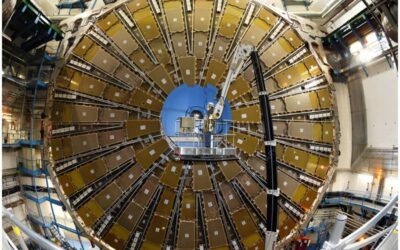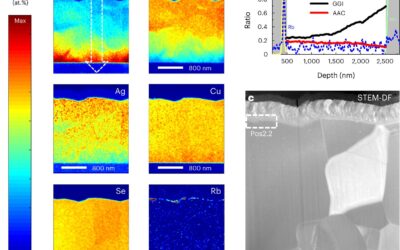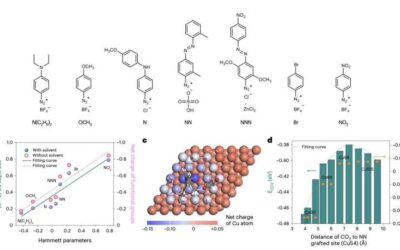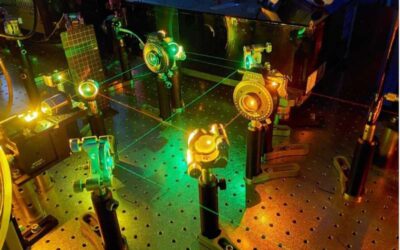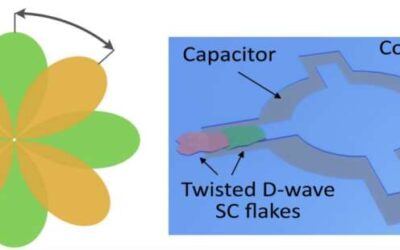High-energy neutrinos are extremely rare particles that have so far proved very difficult to detect. Fluxes of these rare particles were first detected by the IceCube Collaboration back in 2013.
PHYS.ORG
A strategy to further boost the efficiency of copper indium gallium selenide solar cells
Until recently, chalcopyrite-based solar cells have achieved a maximum energy conversion efficiency of 23.35%, as reported in 2019 by Solar Frontier, a former Solar Energy company based in Japan. Further boosting this efficiency, however, has so far proved challenging.
Evidence of phonon chirality from impurity scattering in the antiferromagnetic insulator strontium iridium oxide
The thermal hall effect (THE) is a physical phenomenon characterized by tiny transverse temperature differences occurring in a material when a thermal current passes through it and a perpendicular magnetic field is applied to it. This effect has been observed in a...
Towards the selective and energy-efficient synthesis of ethylene via carbon dioxide reduction
The synthesis of carbon-based chemicals via the electrochemical reduction of carbon dioxide (CO2) has become the key objective of numerous recent energy research efforts. While these studies have yielded promising results, enabling the production of various widely...
Researchers offer theoretical description of topological water wave structures
Topological wave structures are wave patterns that exhibit specific topological properties, or in other words, properties that remain unvaried under smooth deformations of a physical system. These structures, such as vortices and skyrmions, have attracted significant...
The modeling and simulation of self-organized intracellular twisters in the Drosophila oocyte
Cytoplasmic streaming is the large-scale motion of cytoplasm (i.e., gelatinous liquid inside cells) inside a living cell. This flow, known to regulate various intracellular processes, can vary greatly between different cell types at different stages of a cell's...
Diamond quantum memory with Germanium vacancy exceeds coherence time of 20 ms
The color centers of diamond are the focus of an increasing number of research studies, due to their potential for developing quantum technologies. Some works have particularly explored the use of negatively-charged group-IV diamond defects, which exhibit an efficient...
Flowermon: A superconducting qubit based on twisted cuprate van der Waals heterostructures
Quantum technology could outperform conventional computers on some advanced optimization and computational tasks. In recent years, physicists have been working to identify new strategies to create quantum systems and promising qubits (i.e., basic units of information...
A multi-ensemble atomic clock enhanced using quantum computing tools
Atomic clocks are a class of clocks that leverage resonance frequencies of atoms to keep time with high precision. While these clocks have become increasingly advanced and accurate over the years, existing versions might not best utilize the resources they rely on to...
Researchers demonstrate multi-photon state transfer between remote superconducting nodes
Over the past few decades, quantum physicists and engineers have been trying to develop new, reliable quantum communication systems. These systems could ultimately serve as a testbed to evaluate and advance communication protocols.

